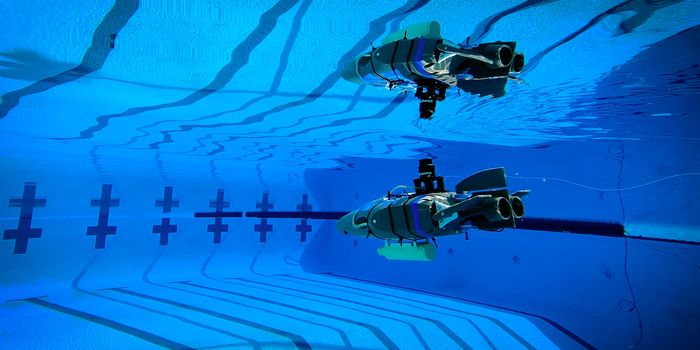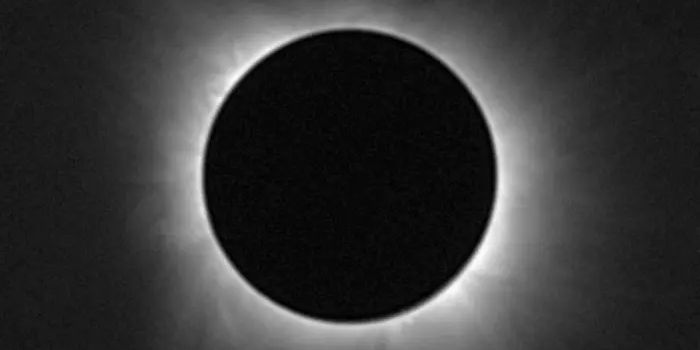NASA's DAVINCI mission to take the plunge through massive atmosphere of Venus
Venus is one of the most awesome, mysterious, and deceiving planetary objects in our entire solar system. While its bright, reflective clouds give the impression of a beautiful, majestic planet, the reality is much different. If you were to descend through the Venusian atmosphere, you would encounter very earthlike conditions about 31 mi (50 km) above the surface with an equilibrium temperature of 50°F. However, the closer you get to the surface, these conditions become far less hospitable. Surface temperatures on Venus are a scorching 900°F (475°C)—hot enough to melt lead—and surface pressures exceeding 90 times that of the Earth—similar to the pressure you’d encounter at one mile below the ocean on Earth. Despite these borderline hellish conditions, scientists have been intrigued by the second planet from our Sun for some time now, and thanks to one upcoming mission we’ll be able to examine Venus in greater detail than ever before.
In a recent paper published in The Planetary Science Journal, NASA scientists and engineers give new details about the agency's Deep Atmosphere Venus Investigation of Noble gases, Chemistry, and Imaging (DAVINCI) mission, which will descend through the layered Venus atmosphere to the surface of the planet in mid-2031. DAVINCI is the first mission to study Venus using both spacecraft flybys and a descent probe.
DAVINCI, a flying analytical chemistry laboratory, will measure critical aspects of Venus' massive atmosphere-climate system for the first time, many of which have been measurement goals for Venus since the early 1980s. It will also provide the first descent imaging of the mountainous highlands of Venus while mapping their rock composition and surface relief at scales not possible from orbit. The mission supports measurements of undiscovered gases present in small amounts and the deepest atmosphere, including the key ratio of hydrogen isotopes -- components of water that help reveal the history of water, either as liquid water oceans or steam within the early atmosphere.
"This ensemble of chemistry, environmental, and descent imaging data will paint a picture of the layered Venus atmosphere and how it interacts with the surface in the mountains of Alpha Regio, which is twice the size of Texas," said Jim Garvin, lead author of the paper and DAVINCI principal investigator from NASA's Goddard Space Flight Center in Greenbelt, Maryland. "These measurements will allow us to evaluate historical aspects of the atmosphere as well as detect special rock types at the surface such as granites while also looking for tell-tale landscape features that could tell us about erosion or other formational processes."
DAVINCI is tentatively scheduled to launch June 2029 and enter the Venusian atmosphere in June 2031.
"No previous mission within the Venus atmosphere has measured the chemistry or environments at the detail that DAVINCI's probe can do," said Garvin. "Furthermore, no previous Venus mission has descended over the tesserae highlands of Venus, and none have conducted descent imaging of the Venus surface. DAVINCI will build on what Huygens probe did at Titan and improve on what previous in situ Venus missions have done, but with 21st century capabilities and sensors."
As always, keep doing science & keep looking up!
Sources: AIP Conference Proceedings, NASA Solar System Exploration, The Planetary Science Journal









